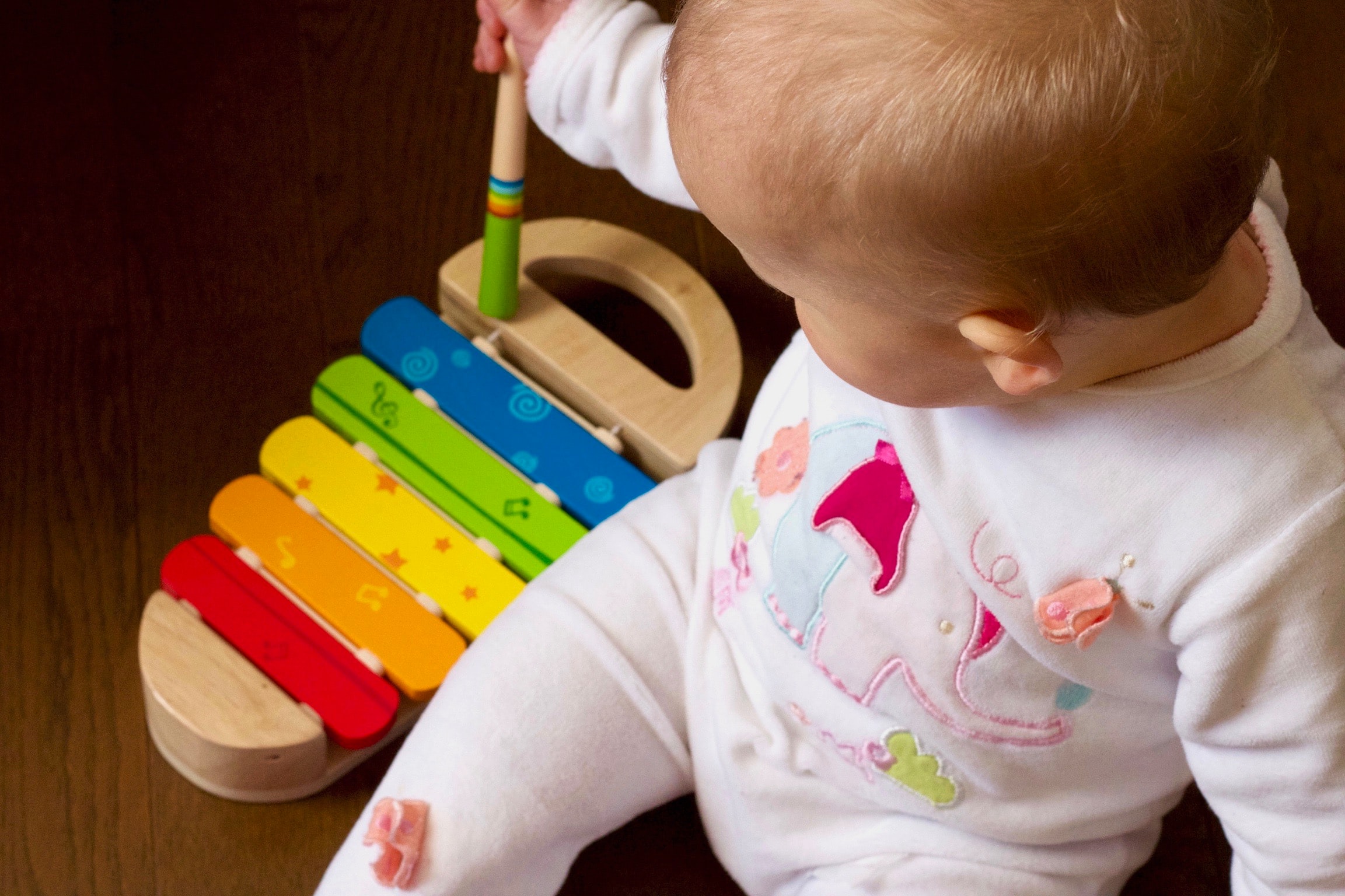How will this toy story end?
By , September 21, 2017
Lions, tigers, and bears, oh my! Bulldozers, Barbies, and BMWs I can drive? What more could a 7-year old ask for? Holding onto my mom’s hand, walking down the Toys ‘R’ Us aisles, staring up at the giant animals above me, wide-eyed and eager to make a choice about which toy would be coming home with me. It’s heartbreaking to hear our beloved Toys ‘R’ Us has filed for bankruptcy, capping off a decade-long buildup of financial problems with a $400 million debt payment due in 2018.
Given the billions of dollars in debt racked up over the years, will restructuring alone be enough to guarantee tomorrow’s kids will still get to wander those magical aisles? How can Toys ‘R’ Us not only salvage, but actively rebuild the brand known for fostering fond memories?
There may not be one right answer for how Geoffrey & Co. should proceed, but there are certainly a few sound strategies to consider.
If you can’t beat ‘em, join ‘em.
Some of the most successful brands today have adopted a platform business model (we’re looking at you, Amazon, Google, and Facebook). Building their brand under that forward-thinking model allows them to both broaden their value proposition and create greater value for more consumers.
For Toys ‘R’ Us, implementing platform thinking will take investment, time, and potentially new partners. A transition towards a bolder brand vision could involve taking a hybrid approach and keeping their traditional retail business evolving their new business model. It will also require identifying strategic partners that can be integrated with the new Toys ‘R’ Us brand vision. Perhaps a company like Care.com, offering child-oriented services to parents, would be a smart fit.

Downsize and prioritize.
With consumers’ overwhelming access to anything and everything at any time, there’s no longer a need to have hundreds and hundreds of brick-and-mortar shops. Consequently, stores should be drastically reduced to strictly strategic locations, and they need to be curated strategically as well.
Understanding the nuanced needs of consumer segments over-indexing in a store’s catchment zone would allow Toys ‘R’ Us to curate stores according to location. That way, the one based near Palo Alto would intentionally offer different products than the ones you’d find in a Toys ‘R’ Us near Cleveland.
Bring back the good ol’ days.
Toys ‘R’ Us stores used to be an experience in themselves, creating a genuinely compelling attraction for children. The flagship in Times Square even had its own Ferris wheel, for goodness’ sake! Especially facing today’s pervasiveness of online shopping, physical stores now need to give both parents and children alike a solid reason to walk in.
Toys ‘R’ Us has already taken steps with their American Girl store-within-a-store concept. This is a strategy that can be replicated by creating different experiences with other products that they offer – be they toys or electronics. And inspiration can certainly come from unexpected places – just as Tesla offers drivers a chance to try their new cars with autopilot, can Toys ‘R’ Us offer children a chance to “test” out new toys?
Change does not come easily or swiftly. But by exploring potential strategies like the ones above, the other side of the Chapter 11 bankruptcy for Toys ‘R’ Us may provide an opportunity for a long-overdue leap into 2018 and beyond.
Written by Vivaldi’s Jenifer Ekstein, Consultant
If you’re interested in platform thinking, check-out our 2-day workshop, or email agathe@vivaldigroup.com to discuss how Vivaldi can help transform your business with its platform approach.
- Topics:
- Platform Strategy
